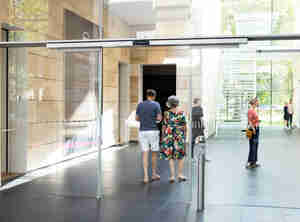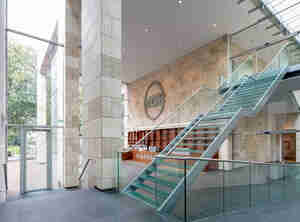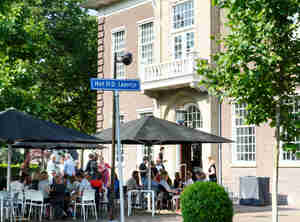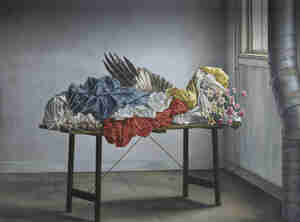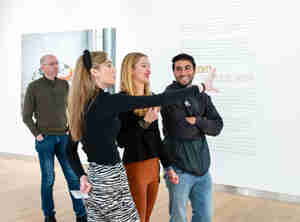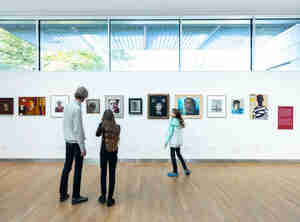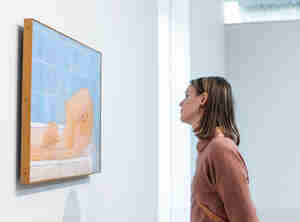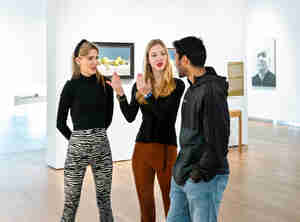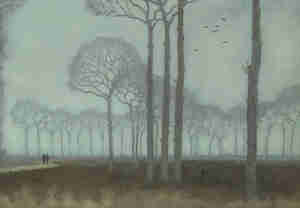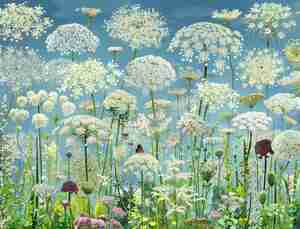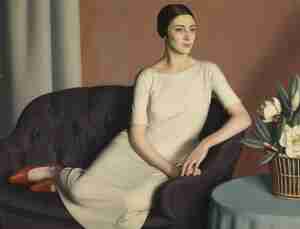In honor of Jan Mankes’ centenary, Museum MORE is displaying all Mankes paintings from our own collection in the Garden Room this spring and summer, supplemented by beautiful loans. You can then admire about 35 masterpieces by “Holland’s most tranquil painter”.
Dutch painter Jan Mankes (1889-1920) commanded a great deal of interest during his lifetime, and his popularity has only grown in the course of the last century.
His growing popularity is down to the relatability of his oeuvre, but also his ‘language of feelings’. The sensibility with which Mankes touched the essence of small and everyday themes is characterised by the same modesty for which he strived as a human being. “Art is manifesting spiritual life,” wrote Mankes in 1913 to his patron Aloysius Pauwels, a cigar merchant. And: “Given that pure spiritual element, the unnameable, cannot be named, one has to rely on the means of material things.” As a consequence of such comments and what was written about him following his death, Mankes is viewed as an artist whose mind tried to read the soul of things, thereby placing them in a different reality.

Jan Mankes | Self-Portrait | 1915 | collection Museum MORE
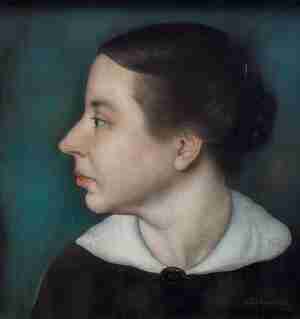
Mankes’ personal history was equally modest. He trained in Delft on the job as a stained glass artist and attended evening drawing classes at the Royal Academy of Art in The Hague. From 1909 onwards, he received financial support from The Hague art dealer Jan Schüller and Pauwels, who was initially his most significant collector. Mankes had by then already moved to Benedenknijpe, a village located to the east of Heerenveen in the Dutch province of Friesland, where he lived with his parents and had a studio. It is here that in 1913, he met Anne Zernike, a modern-liberal minister from the neighbouring village of Bovenknijpe.
Following their marriage in 1915, they moved to The Hague, which satisfied both Jan’s penchant for the sea and Anne’s yearning for the city. Once Mankes showed the initial signs of tuberculosis early in 1916, the couple moved to Eerbeek in Gelderland, where his productivity temporarily peaked. The portrait of Anne, which he completed in September 1918, is one of his final works. Mankes died in Eerbeek on 23 April 1920, not even 31 years of age.
